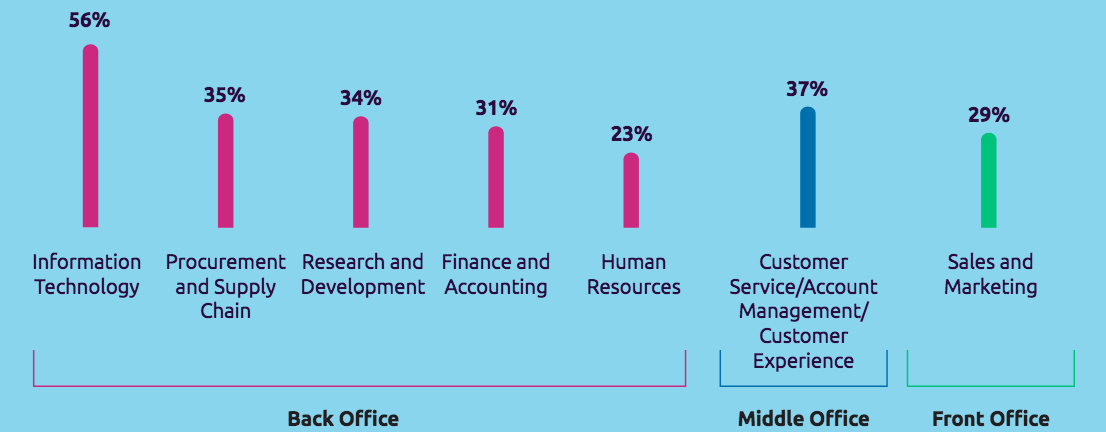A recent Capgemini survey revealed that while enterprise-scale automation is still in its infancy, IT automation projects are moving along. IT is starting to view automation less tactically and more strategically.

The Capgemini survey also showed that IT automation can be responsible for several quick wins, including self-healing, event correlation, diagnostics, application releases, cybersecurity monitoring and storage and server management tasks. These projects not only lead to massive IT cost savings but, more importantly, to an increase in reliability and responsiveness to customer demands and business services. That would indicate that while automation is a great solution for manual work, it’s also a part of a high-level, strategic IT plan to innovate the business.
As DevOps practices such as agile methodology, continuous deployment and optimization start to take hold within the modern enterprise, it stands to question: Can automation be agile as well? This is the promise of artificial intelligence (AI) for IT operations, or AIOps, but if that’s not a possibility for your IT organization today, it’s important to make sure that your automation practices are continuously optimized to fit the task. Setting and forgetting was a practice of the server era, and in a world of on-demand infrastructure, automation ought to be continuously optimized and evaluated for maximum benefit.
The New Expectations of Automation
IT automation projects can have serious ramifications if anything goes wrong because when the machines execute a policy, they do it in a big way. This is perhaps the chief argument as to why it’s critical that progressive steps are used to define and evaluate both the process being automated and the automation itself—they mitigate the seriousness of any issue that can arise. This is why it’s important to consider the following:
- Is this a good process, and is it worth automating?
- How often does this process happen?
- When it happens, how much time does it take?
- Is there a human element that can’t be replaced by automation?
Let’s break down these steps and see how it can provide the basis for an iterative approach to automation:
Is this a Good Process?
This may seem like a rudimentary question, but in fact, processes and policies are often set and forgotten—even as things change dramatically. Proper continuous optimization or agile automation development will force an IT team to revisit existing policies and identify if it’s still right for the business service goals.
Some processes are delicate and automation may threaten their integrity, whereas others are high-level and automation neglects the routine tasks that underlie the eventual results. A good automation engineer understands what tasks are best for automation and sets policies accordingly.
How Often Does this Process Happen?
Patching, updating, load balancing or orchestration can follow an on-demand or time-series schedule. As workloads become more ephemeral moving to serverless cloud-native infrastructure, this process’s schedules will change as well. An automation schedule ought to be continuously adapted to the workload need, customer demand and infrastructure form. As the business continues the march toward digital transformation, the nature and schedule of particular work may become more dynamic.
When It Happens, How Much Time It Takes?
This also depends on the underlying infrastructure. Some legacy systems require updates that may take hours and some orchestration of workloads will be continuous. Automation must be tested to be efficient and effective on the schedule and frequency of the manual task.
Is There a Human Element that’s Irreplaceable?
As much as you may want to, it’s difficult for automation to shift left (to more experienced tasks and teams) without the help of AI or machine learning. Many times, there is a human element involved in deriving insights, creating new workflows, program management or architecture that take place. When building an iterative automation practice, make sure you identify where human interaction must occur to evaluate and optimize. In our lifetime, technology has advanced at lightning speed, with robots now completing jobs that were once held by people. However, there are times when a machine just cannot deliver the same quality a human can.
Automation for All
Automation is perhaps one of the most defining signatures of the future of IT operations management. It relieves teams of routine work and helps improve overall efficiency, all while driving quick wins that turn an IT team into heroes. But don’t let automation be the end goal. Instead, consider it a tool that can drive action from data. And until AI is an everyday option, it’s inherent on the IT professional to continuously optimize the data that drive that action.





